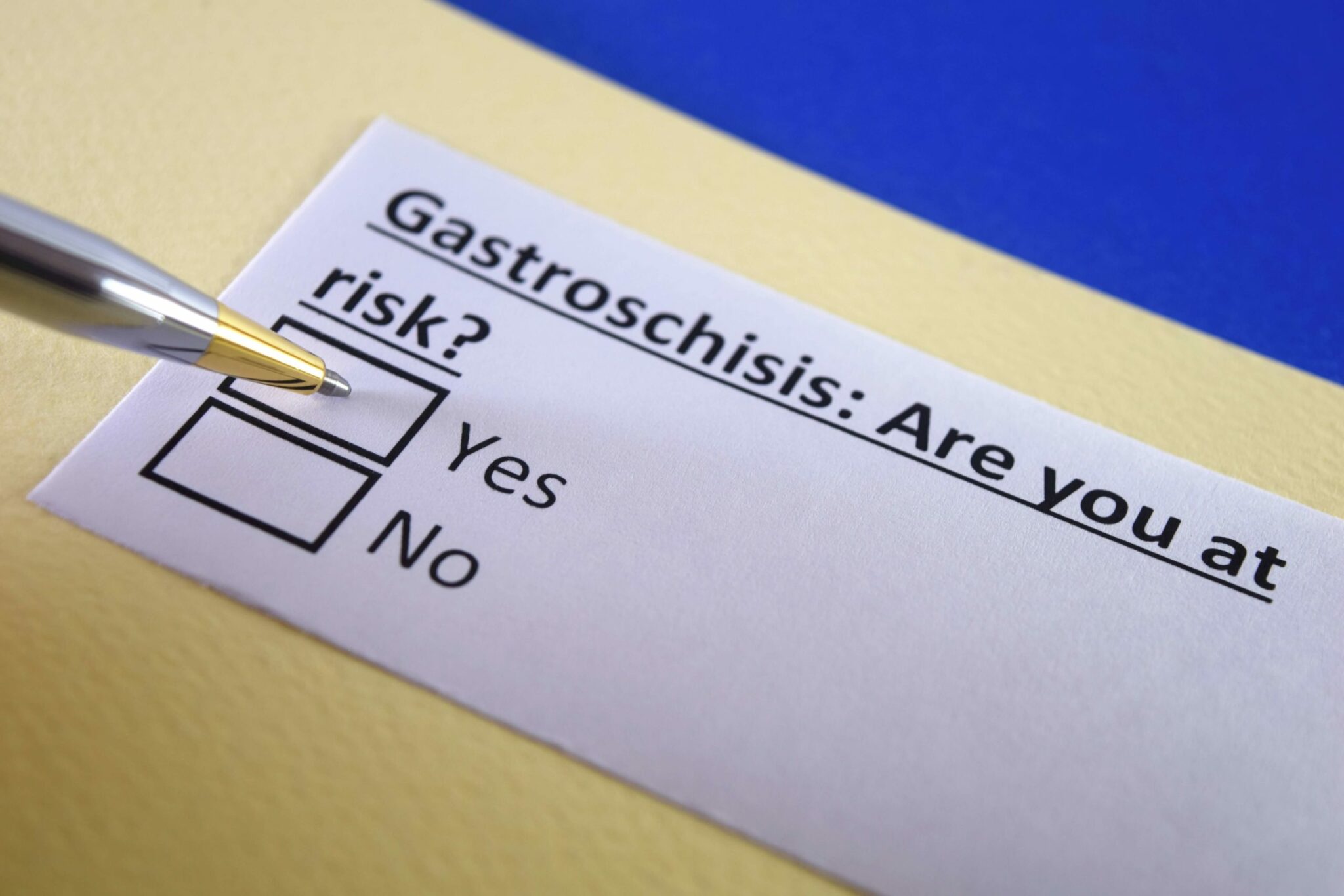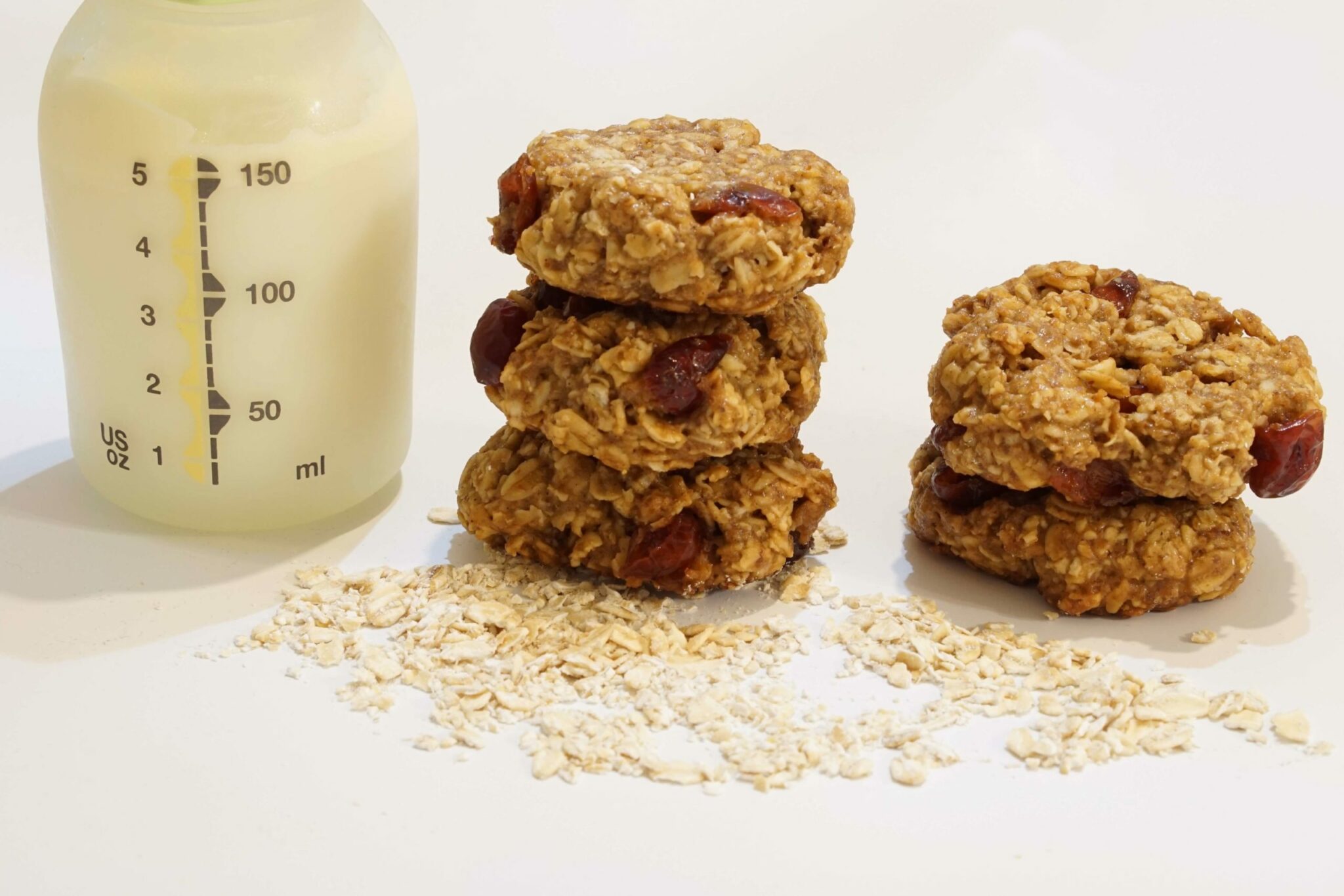10 Things you Need to Know About Your Baby’s Gas
From your diet to feeding issues, there are lots of reasons your baby might experience gas. Here are the top ten things you should know about infant gas (and a word of advice: don’t skip #9!).
1. It\’s stinky, but mostly normal
It may be audible and odorless, or silent and stinky, but overall, your baby’s gas is and will always be a normal part of life. In fact, babies can pass gas between 13 and 21 times per day, according to the National Institute of Diabetes and Digestive and Kidney Diseases, because they are spending so much time digesting their frequent meals and tend to take in excess amounts of air during routine activities.
2. Feeding-related gas
Some substances in the formula and breast milk may be hard for infants to digest, resulting in excess gas. For example, if you consume cow’s milk or use a formula that contains cow’s milk proteins, your baby may have trouble digesting the some of the substances they ingest. Other foods (often the same ones that cause gas in adults) can also pass along nutrients in breast milk that are difficult to digest, like broccoli, cabbage, and spicy foods. If your infant seems to be especially gassy, consider discussing changes to your diet or an alternative formula with your child’s pediatrician.
3. Other reasons for gas
Although digestive issues are significant culprits in causing your infant’s gassiness, babies also take in excess air while feeding when they are not well latched to a nipple or bottle. Infants also take in air during other activities, like crying and sucking on a pacifier. Babies who are suffering from colic may especially suffer from gassy discomfort because they take in so much air while crying.
4. Some gas isn\’t normal
Although gas is rarely a cause for concern, if your baby has a temperature higher than than 100.4 degrees Fahrenheit or less than 96.8 degrees Fahrenheit, cries for more than two hours without relief, seems to be in pain, or refuses to eat for more than a couple of hours as a newborn, you may want to call a pediatrician. Other indicators that may warrant a doctor visit include significant gas after eating that may require a dietary change, diarrhea and gas after feeding, blood in the stool, or gas that smells foul or sour, rather than sulfurous, which may indicate a stomach infection called gastroenteritis.
5. Ad
6. Some foods make it worse
Much like cow’s milk proteins, sugars and sugar alcohols in fruit juice are also hard for your little one to break down and may cause gas, which is why the American Academy of Pediatrics advises against giving any fruit juices during your baby’s first year of life. The foods that a breastfeeding mother consumes may also affect the amount and smell of her infant’s gas. When a breastfeeding mother’s diet is high in fibrous, starchy vegetables it may create more gas than normal, while a diet filled with sulfur compound-containing foods, like broccoli or especially red meat, may cause the infant’s gas to smell mildly to strongly sulfurous.
7. Choose bottle nipples carefully
Feeding may be a time when your infant is taking in more excess air than you realize. With that in mind, it is important to help your baby get a good latch while breast or bottle feeding. Additionally, if you are using a slow-flow nipple when bottle feeding, your baby may feel the need to suck harder and, thus, take in excess air. Trying a medium- or (if necessary) high-flow nipple may allow your infant to feed with greater ease. You may also want to consider a nipple with extra venting that allows air to release or with a special valve to prevent excess air and ultimately ease your baby’s gassy struggles.
8. Preventative action
In addition to choosing the right nipple for your infant and ensuring that he or she latches well, there are a couple of ways you can work to prevent your infant from becoming more gassy than normal. First, you can check bottle nipples to ensure that the tips don’t have excess air in them before feeding and tilt the bottle to at least a 30-degree angle to keep too much air from flowing in. Also, be sure to position your baby so that his or her head is higher than the stomach during feeding. Finally, you can always consult your child’s pediatrician to review your baby’s diet.
9. Burping and other relief methods
Regardless of your efforts to prevent it, gas will inevitability be part of your infant’s life. Although some infants seem to take it in stride, gas can be a more significant discomfort for others, and at this stage in your baby’s life, he or she will need your help to manage it. You can provide relief for your infant during feeding time by burping him or her every 3 to 5 minutes or every time you change breasts. Other methods for relief include bicycling baby’s legs while she is on her back, giving her a warm bath, and giving her a tummy massage while she is as close to on all fours as possible.
10. Don\’t try this at home
There are safe ways to alleviate your baby’s gas, but you should be careful when it comes to a few remedies. Although star anise tea is a traditional Chinese remedy, some studies have found that manufacturers were brewing the tea with Japanese star anise, which is intended for decoration only and may have severe side effects. You should also resist the urge to give your infant antacids that contain aluminum because it can harm your baby’s developing brain. Finally, be weary of herbal remedies at the store because they may contain ethanol (alcohol). Be sure to read labels carefully before giving anything to your baby, and consider checking with your child’s pediatrician, just to be safe.
11. It will get better!
Since babies’ nervous systems are still developing and most spend a great deal of time on their backs, gassy tummies can be difficult for infants to resolve, which is why they need your help. However, as infants develop and become more mobile, they will be increasingly able to manage gas themselves. Until that time, you can watch for the signs that your infant is experiencing discomfort from gas and try a variety of methods for preventing or relieving it.
Sources:
-
American Society for Gastrointestinal Endoscopy. Quick Anatomy Lesson: Human Digestive System.
National Institute of Diabetes and Digestive and Kidney Diseases. Gas in the Digestive Tract.
The Nemours Foundation: Burping Your Baby.
American Academy of Family Physicians. Feeding Problems in Infants and Children.
Nationwide Children’s. Infant Constipation.
Neighborhood Pediatrics. The Cause and Treatment of Infant, Newborn and Baby Gas Problems.
Seattle Children’s Hospital. Crying Baby Before 3 Months Old.
Stanford Children’s Health. Gastrointestinal Problems.
American Academy of Pediatrics. Should I Give My Baby Juice?
The Children’s Hospital of Philadelphia. Vaccines and Aluminum.
FDA. Food Safety for Moms to Be: Once Baby Arrives.
Miami Children’s Hospital. Star Anise: No Longer Your Cup of Tea.
Better Health Channel. Flatulence.
Dr - Greene. Babies and Constipation.
International Foundation for Functional Gastrointestinal Disorders. Report from Fernando Azpiroz, MD, PhD: Understanding Intestinal Gas.
Johns Hopkins Medicine. Gas in the Digestive Tract.
National Public Radio. Got Gas? It Could Mean You’ve Got Healthy Gut Microbes.
Neighborhood Pediatrics. The Cause and Treatment of Infant, Newborn, and Baby Gas Problems.
Baylor Scott & White. Intestinal Gas and Gas Pains, Child.
Powered by Bundoo®










































